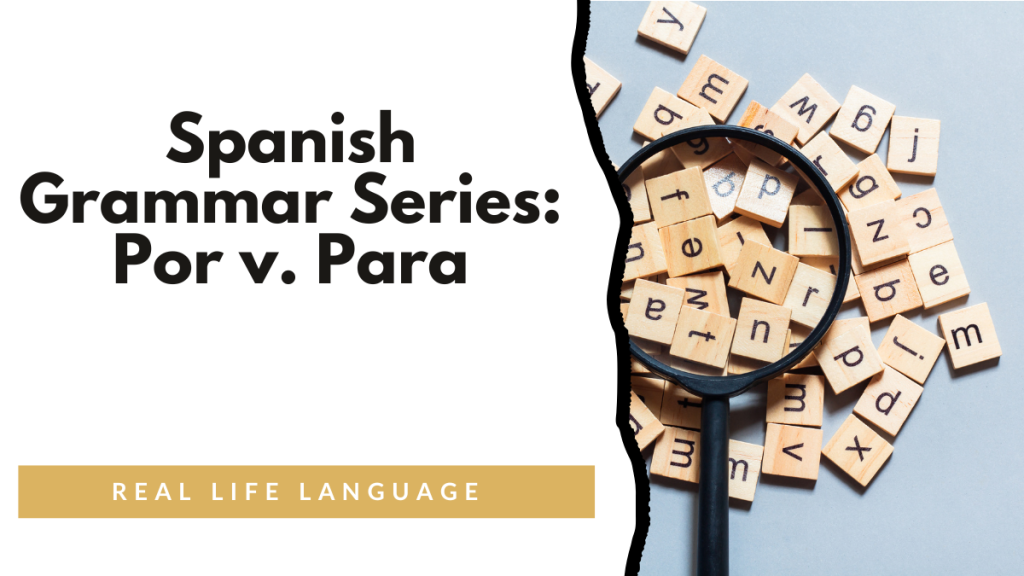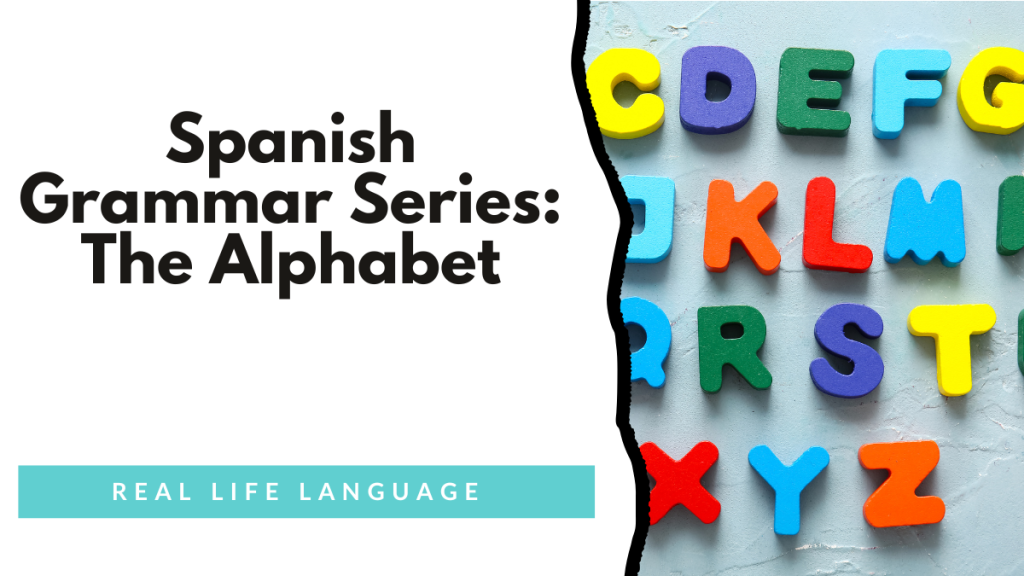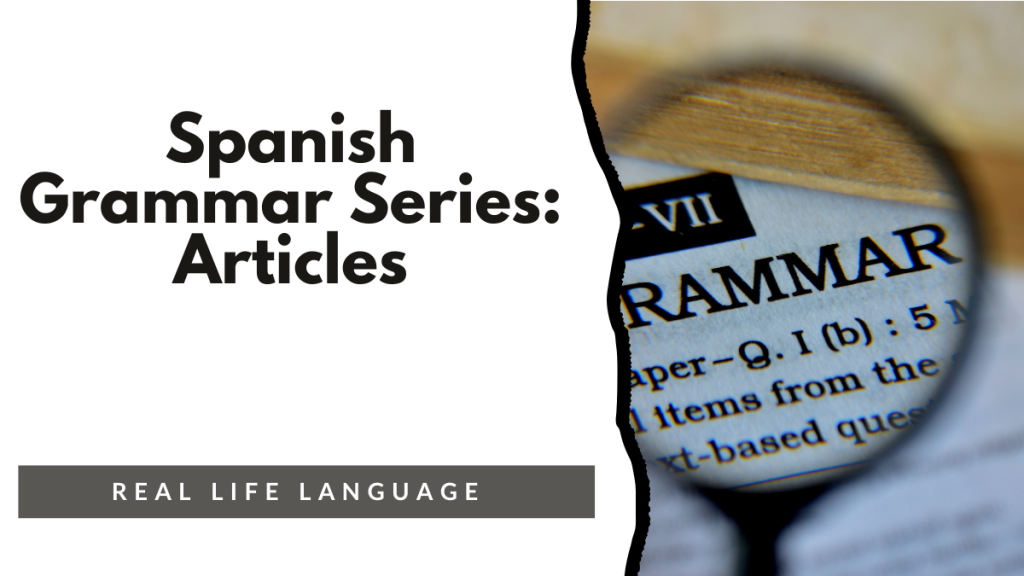Por vs. Para
Spanish Grammar SeriesPor vs. Para (Two Words That Mean “For” — But Not the Same!) Spanish uses two different words—por and para—that can both translate to “for” in English, but they express very different ideas. Choosing the correct one depends on the reason, purpose, or context of the action. A helpful way to think about them is: […]





